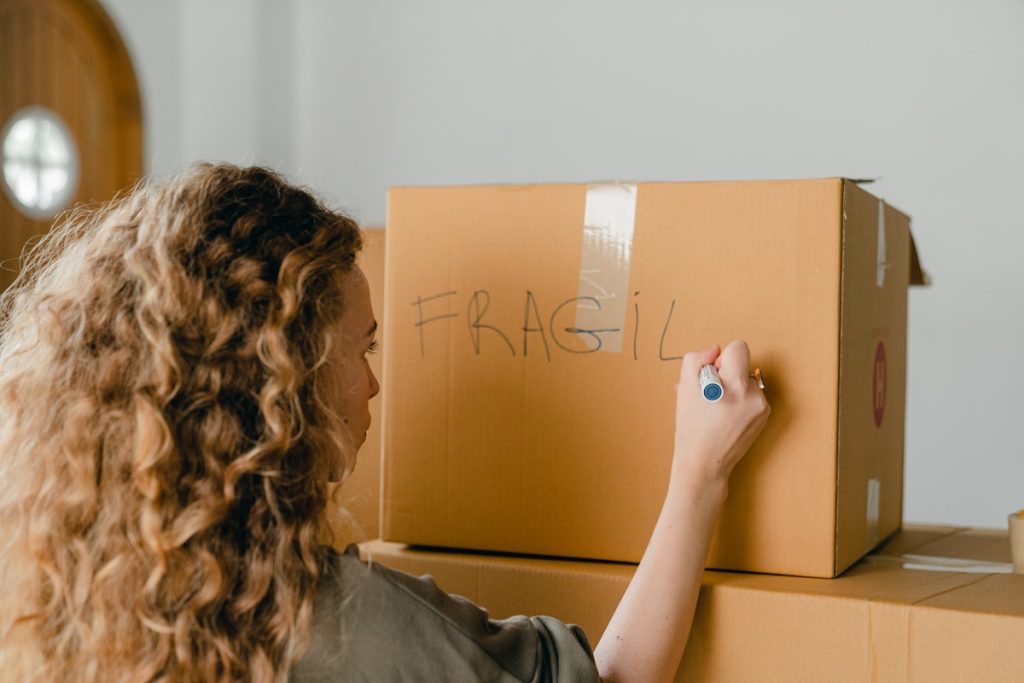Shipping products can be difficult, but shipping fragile items is another level of difficulty. If you’re an eCommerce business owner, there are times when you’ll need to ship fragile items, so it’s an inescapable chore that requires careful planning and extra caution. Otherwise, you’ll be dealing with a very unhappy customer.
Fortunately, shipping fragile items need not be a daunting task. There are ways to pack and ship them properly.
Here’s a quick guide that discusses the basic concerns: how to ship fragile items, how to make sure your products have proper packaging and other tips.
What are Fragile Items?
Fragile items are anything that can shatter or break easily. These items range from ceramics and glassware to musical instruments or gadgets. These items can break by excessive shaking or dropping (which are common occurrences during the transport of products). In fact, the average package is dropped 17 times. Also, 34 percent of packaging-related returns are due to product damage.
With this in mind, shipping fragile items isn’t just a chore; it’s an important step included in your business plan.
The most common fragile items include the following:
- Gadgets/electronic devices
- Mirrors
- Lampshades
- Ceramic items
- Glassware
- Artwork
How to Pack Fragile Items

Packing fragile items is a sub-step included in the shipping part. Unfortunately, packages can still break in transit, which is why you need to invest money and time for proper packaging. You won’t just need packing peanuts, bubble wrap and packing tape. A good packing strategy is essential in ensuring your items arrive safely to your customers.
Packing fragile items is easy when you follow these steps:
- Place your products in a durable shipping box. The box size should have the correct dimensions for the product. This ensures your boxed packaged goods won’t keep moving in transit.
- Wrap your items in bubble wrap. The more bubble wrap, the better.
- Once you’ve secured your products in bubble wrap, fill the bottom of the box with packing peanuts. Fill any empty space with more packing peanuts. You can also use airbags, foam or foam-in-the-box (this depends on how fragile your items are).
- Place the item in the center of the box.
- Protect the fragile item by strengthening the box. Improve the box walls with corrugated inserts and craft paper.
- After you’ve secured the box walls, close the box and tape it shut. Tape it multiple times to make sure that the box stays safe during transport.
Having the right packaging materials increases your items’ chances of arriving safely at the shipping address. So, invest in high-quality bubble wrap, packing tape, shipping boxes and fragile stickers.
How to Ship Fragile Items: Tips to Keep in Mind
Shipping fragile items is an easier task than you think. All you have to do is to follow these tips so you can ship fragile items with some peace of mind.
- Pack fragile items individually. Avoid multiple items banging on each other by packing them separately. Wrapping your items in bubble wrap and adding corrugated inserts can strengthen your packages, too.
- Place a fragile shipping label. Make your logistics partner know that they’re handling fragile items by labeling the boxes as fragile. Though couriers have different instructions, placing a fragile sticker on the sides of your package is a must.
- Use shipping insurance. Getting shipping insurance gives you peace of mind. Choosing the right insurance depends on the value of your item and the distance of the shipping address. If you want to ship fragile items locally, insurance coverage might not be required. But if you’re shipping fragile items internationally, consider full insurance coverage.
- Avoid wrapping items too tightly. While wrapping your items securely is a must, it’s also important not to wrap them too tightly. By doing so, you put more pressure on fragile items like antiques and glassware. That pressure increases the likelihood of the items breaking during the shipping process.
- Protect your fragile items from the elements. When you think about potential threats to fragile items, you’re probably thinking about the logistics team mishandling, dropping or throwing around the boxes. On the contrary, rough handling isn’t the only way to damage fragile items. Puddles of standing water, rain and other elements can also threaten their safe delivery. Protect your products by using shrink-wrap or plastic bags to prevent moisture or other harmful elements from damaging your items.
Shipping Fragile Items: Protect Your Products at All Costs
Delicate and fragile items often have a high sentimental or financial worth (or both). It’s important to make sure that great care has been taken while packing and shipping these fragile items.
When your logistics partner shows up, let them know which boxes contain fragile items. Don’t forget to specify other considerations they must remember when shipping fragile items.
Shipping fragile items seems like a daunting task. It’s a reasonable fear for most eCommerce business owners. However, as long as you have the right materials and the right technique, you need not worry.



